Warts are benign formations on human skin. Usually a few millimeters in size, but there are also larger types of warts. Such neoplasms can appear in various places on the human body.
As you know, not all warts are safe. There are several types of skin lesions that require immediate removal. This is necessary to prevent further complications.
Classification of warts
In medicine, there are several types of benign formations that can appear on the human skin. They differ from each other in appearance, have different developmental specifications, as well as location.
There are the following types of warts:
- ordinary (most common);
- plantar (observed on the feet);
- spiky (condyloma);
- filiform (acrochord);
- flat.
common warts
Such a neoplasm has a diameter that usually does not exceed 1 cm, a rather dense tumor with an uneven surface and well-defined borders. Lesions on the skin, which belong to this species, are characterized by the following features:
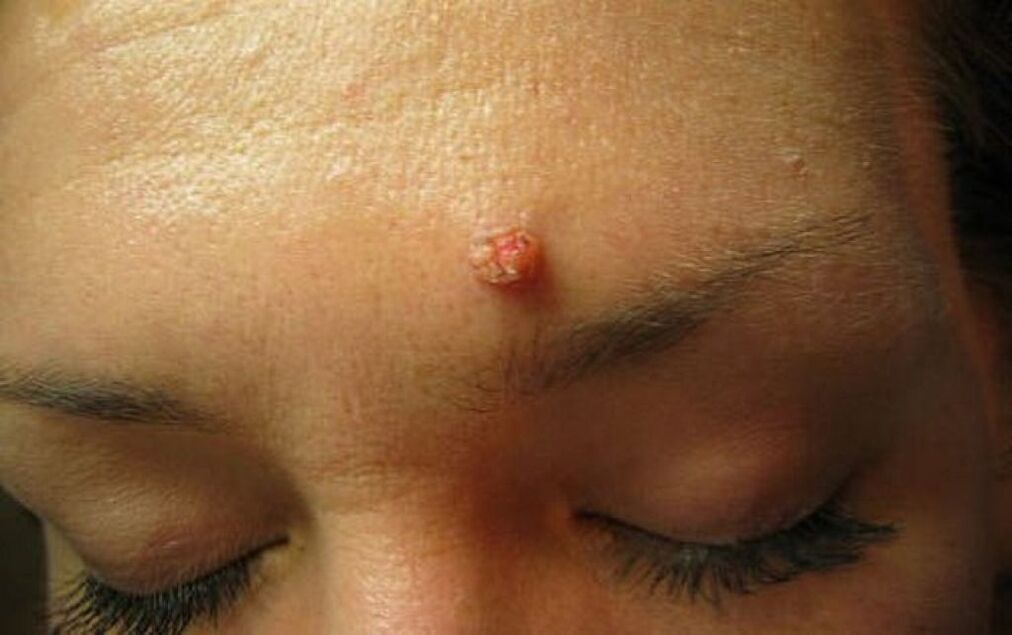
- round shape;
- color from yellow to dark gray;
- Common warts are often seen on elbows, fingers, knees, lips, and other areas of the body that are frequently injured.
Sometimes the formations disappear on their own, but in most cases they require long-term treatment.
plantar warts
Such results get their name from their placement. They are on the legs, have a convex shape, but due to the constant pressure created by the weight of the human body, they can become flat. This formation is surrounded by a layer of keratinized skin.
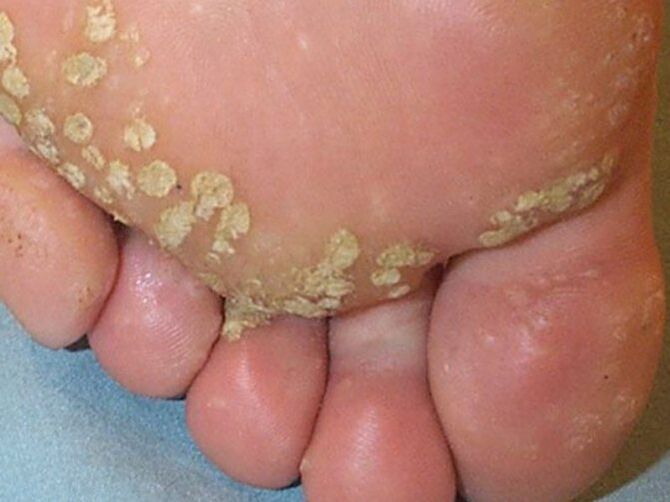
Plantar growths can be uncomfortable and painful. This type of benign lesion differs from corns in that tiny drops of blood stick out when cut, rather than pouring out liquid. Plantar warts can cause problems with wearing shoes. They are capable of performing at any age.
Genital warts
The fibroepithelial formation contains a large number of interconnected pointed nodules. The surface can be white or red, sometimes bleeding and causing pain.
Pointy benign neoplasms usually appear on the mucous membrane, at the site of their transition to the skin. In the future, they grow, become big. As a result, a tumor-like growth is formed.
filiform warts
Such formations on the skin get their name from their shape. Filiform warts are narrow and long. Their localization places are as follows:
- face;
- neck;
- lip.
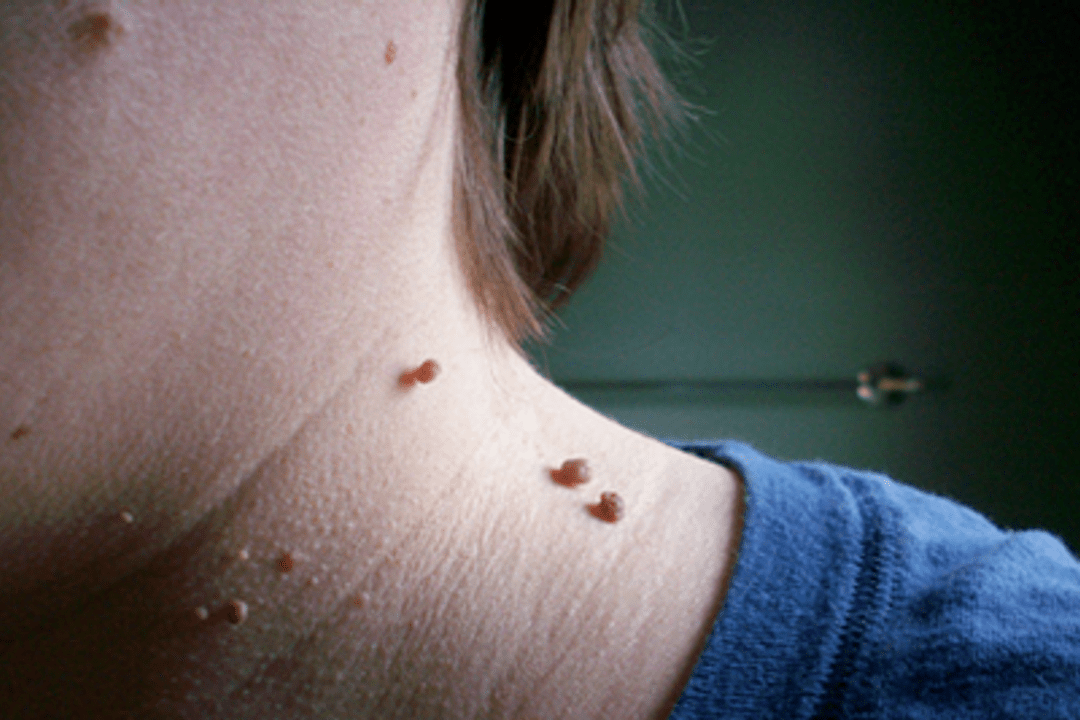
Externally, the filament formation resembles a broken thread. They can appear on the body of a person of any age, but they are often observed in the elderly. As they progress, stringy formations change their appearance:
- At first, the acrochords look like small bumps on the skin. For this reason, they can easily be confused with moles.
- Subsequently, the size of the nodule increases, acquiring an elongated shape. In some cases, the acrochord is round, but the stem is still thin.
- In consistency, the formation is elastic and relatively dense. Usually, the length is no more than 5 mm, however, there are cases when the acrochord is more than 1 cm.
Some people have several formations on the body that grow together. Thus, they resemble combs in appearance. Acrochords may be brown or remain flesh-colored. Sometimes they itch.
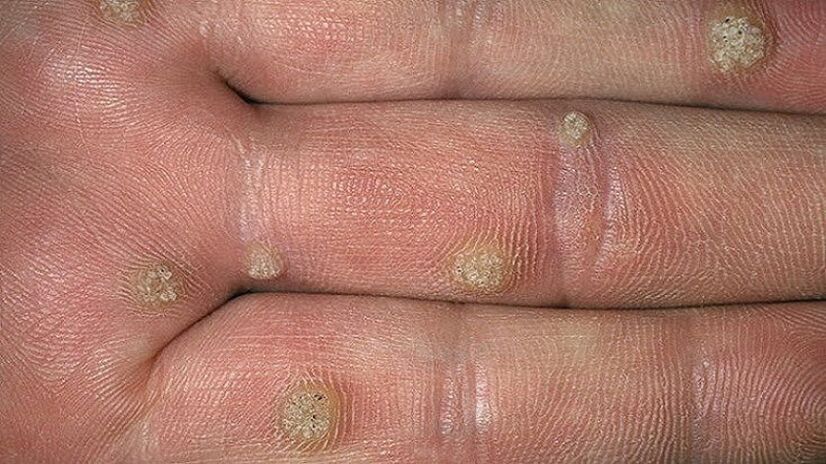
flat warts
Such formations are nodules that are flat to the touch. They stand out with a yellow-brown color and are usually located on the eyelids and face. These nodules are common in children, but they can also appear in the elderly. These benign neoplasms do not tend to turn into malignant tumors. This type of growth is very rare.
Flat warts rise slightly above the surface of the skin. They are characterized by a smooth surface and clear boundaries. Its distinctive feature is the absence of keratinized skin, due to which its smoothness and shine is preserved. Such formations are localized on the face, lower legs, backs of the hands.
Advice!In the case of neoplasms on the body, you should seek advice from a dermatologist. Only he will be able to establish exactly what traits they possess. This will eliminate the development of malignant tumors on the skin.
senile warts
There are other types of benign formations that appear on the human body, which can be divided into separate categories. Their features are as follows:
- senile warts (seborrheic keratosis) appear exclusively in the elderly and do not require treatment;
- they are usually located on the skin, which is often covered with clothing, and is rarely seen on the hands and face;
- such neoplasms develop from the epidermis.
Elements of seborrheic keratosis are often multiple. Clinical manifestations depend on development time and location. The initial elements are small flat spots of pink or yellow color with clear boundaries, as well as warty surfaces.
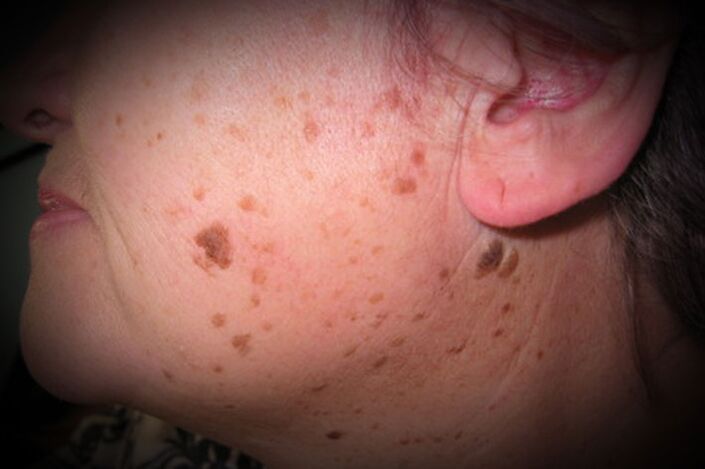
They resemble oily crusts on the skin, which can be easily removed. Further, this crust is compacted, scraped with cracks. Over time, they turn into a mushroom form, becoming black or dark brown.
The formation has a soft consistency, the boundaries may not be completely clear, even jagged. However, they are similar to melanoma. In some cases, there are dome-shaped elements of seborrheic keratoses.
Advice!In the presence of senile warts, it is recommended to significantly increase the amount of vitamin C that enters the body. This helps stop new blemishes from appearing. However, it should be borne in mind that an excess of vitamin C can cause some changes in the function of the stomach, as well as contribute to the appearance of kidney stones.
Treatment options depend on the type of wart being treated. One way or another, this process should not be allowed to go unnoticed. Timely contact with a dermatologist will allow the patient to undergo the procedure of removing skin formations easily and without complications. In addition, warts can be confused with malignant diseases, the treatment of which definitely does not need to be postponed.














































































